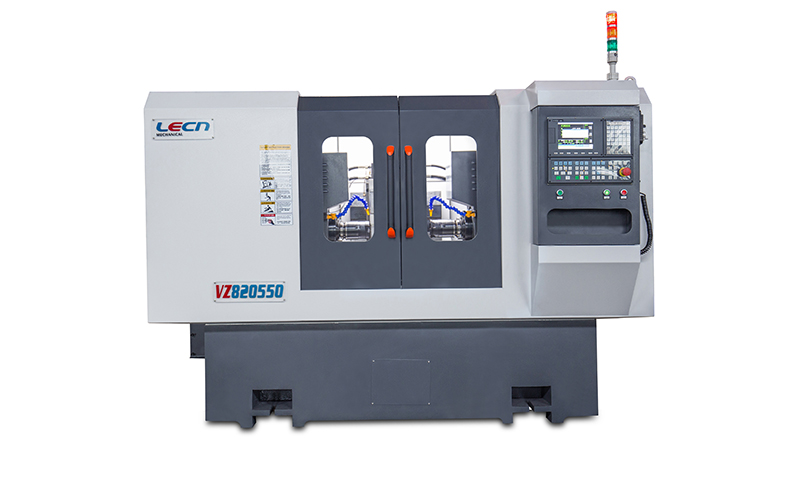What is a Vertical Facing and Centering Machine, and how does it function?
Vertical Facing and Centering Machines are vital tools in various industries, particularly in manufacturing and precision engineering. These machines play a critical role in achieving precision and efficiency, making them essential in the production process.
What is a Vertical Facing and Centering Machine?
Understanding Vertical Facing
Vertical Facing is a machining process that involves removing material from the surface of a workpiece, typically to create a smooth and flat surface. This process is crucial for achieving precision and ensuring that workpieces meet specific quality standards.
The Significance of Centering Machines
Centering machines are used to align workpieces accurately. They ensure that the workpiece's axis is in perfect alignment with the machine's spindle, reducing errors and enhancing the overall quality of the product.
The Functionality of a Vertical Facing and Centering Machine
To truly grasp the significance of a VFC machine, one must delve into its inner workings and capabilities. Below, we will outline the key features and functions that make this machine an invaluable asset in the world of manufacturing.
1. Facing Operations
At its core, a VFC machine is designed to perform facing operations with unrivaled precision. Facing, in this context, refers to the process of creating a smooth and flat surface on a workpiece. Whether it's a metal component in an aircraft engine or a critical part in an automotive transmission, achieving a perfectly flat surface is essential for optimal performance and safety. The VFC machine accomplishes this task with remarkable efficiency, ensuring that each workpiece meets the exacting standards set by manufacturers.
2. Centering Operations
Centering is another critical aspect of manufacturing that the Vertical Facing and Centering Machine excels at. Proper centering is essential to ensure that the workpiece is aligned correctly within the machinery or assembly. This precision is crucial in industries where even the slightest misalignment can lead to catastrophic failures. The VFC machine's ability to center workpieces with utmost accuracy is a testament to its engineering excellence.
3. Versatility
One of the key advantages of a VFC machine is its versatility. These machines are capable of handling a wide range of workpiece sizes and materials. Whether you're working with large, heavy components or smaller, more delicate pieces, a VFC machine can be configured to meet your specific needs. This adaptability makes it an ideal choice for manufacturers who produce a diverse array of products.
4. Automation and Efficiency
In today's fast-paced industrial landscape, efficiency is non-negotiable. VFC machines are equipped with advanced automation features, allowing for the rapid processing of workpieces. This not only saves valuable time but also reduces the margin for error, ultimately leading to higher-quality products and increased productivity.
5. Quality Assurance
Manufacturers across various sectors rely on Vertical Facing and Centering Machines to maintain consistent quality standards. These machines are engineered to provide the utmost precision, ensuring that every product that passes through them meets stringent quality control criteria. The result is a more reliable and safer end product.
In conclusion, a Vertical Facing and Centering Machine is a remarkable piece of engineering that plays a vital role in the modern manufacturing industry. Its ability to perform precision facing and centering operations, its versatility, automation, and its unwavering commitment to quality make it an indispensable tool for manufacturers worldwide. As industries continue to evolve and demand ever-higher standards, the VFC machine stands as a testament to human ingenuity and technological advancement.
We also have Slanting Facing and Centering Machine for sale, more details please contact us.
180
0
0



Comments
All Comments (0)